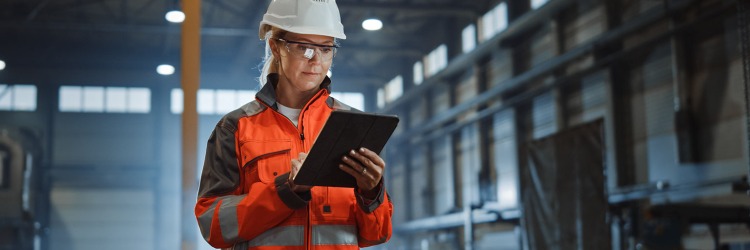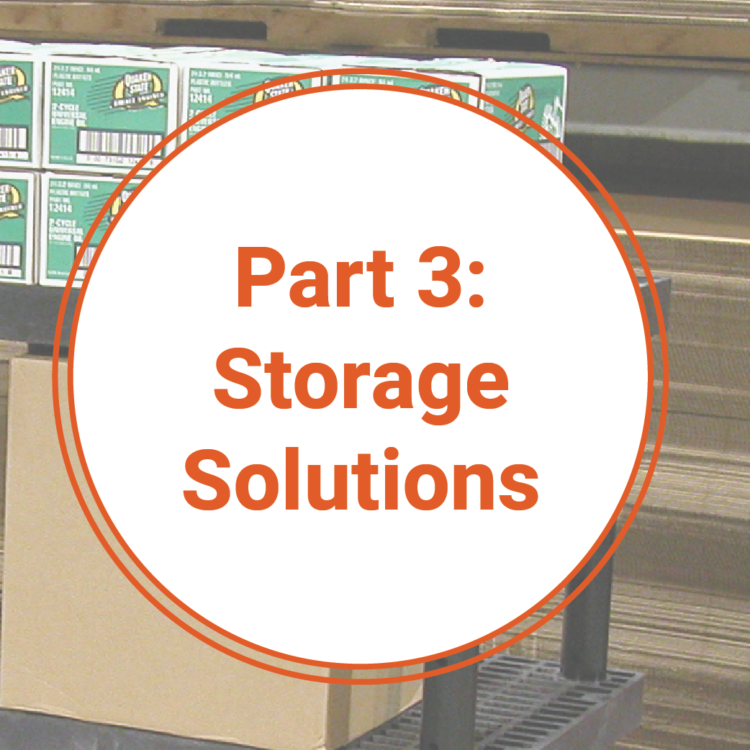7 Things to Consider in Your Annual Risk Assessment

Ensuring employee safety is at the forefront of every organization around the globe. Whether you focus on manufacturing, transportation and logistics, or something entirely different, conducting a workplace risk assessment is an annual priority that should not be taken lightly.
Workplace risk assessments provide a framework that enables your organization to measure the potential hazards and risks that are present in your specific work environment. In a worst-case scenario, the identified hazards can lead to injuries or long-term health disorders, endangering the safety of your employees. When properly identified, these risks and hazards can be mitigated, providing your teams with a safe work experience each and every day.
When it comes time for your organization to conduct a yearly workplace risk assessment, you should view it as an opportunity to create a safer environment. Look for ways to make necessary big and small changes to increase safety and provide better working conditions for all employees.
7 things to ensure every workplace risk assessment is effective:
1. Review Historical Data
It’s important to collect a baseline for every workplace risk assessment. A good place to start is by combing through your workplace history, checking safety logs, and collecting reports of any issues. These reports should include injury reports, claims data, compensation reports, and any other work-related injury data on file. Be sure to identify trends or common occurrences that may indicate root problems to address. A good baseline will help build an outline of the next steps.
2. Regularly Collect New Data Points
While historical data is a great place to start, it’s critical that your data sets don’t get stagnant. Coupling past data points with new data points will provide the clearest picture of what historical problems have already been addressed and what new problems are coming up. Walking the manufacturing floor, taking notes, and making observations is a great way to get a feel for what your employees go through each day.
3. Assess Your Employees’ Physical Requirements
In many industrial or manufacturing workplaces, employees are required to do manual labor such as lifting, pulling, pushing, and carrying. When these repetitive movements are done with proper posture and technique, the possibility of injury, fatigue, or future disorders is greatly reduced. However, without proper training and monitoring, employees may start to resort to poor posture, unintentionally endangering themselves and their teammates.
4. Implement Proper Training Techniques
Before your teams are expected to complete their job-related tasks, proper training is a critical first step. If heavy machinery use is expected, a full brief on safety, technique, and machine use should be conducted for each employee. Proper training and safe techniques can eliminate awkward body movements and reduce potential musculoskeletal disorders. Ergonomic tools such as floor mats and standing desks are simple ways to reduce injuries, too!
5. Emphasize Stretch Breaks
When your employees are doing work that is physically hard on their bodies, it’s important that your workplace emphasizes the importance of stretch breaks. Carve out time for employees to rest their muscles, stretch, and take a break. Allowing your workers recover throughout the day can mitigate potential injuries in the short term and long term.
6. Identify and Mitigate Risk Factors
Potential risks can only be addressed if they are identified first. By taking the time to understand all the factors that could influence the safety of your employees, you are better equipping your leadership with the knowledge needed to address these concerns. Once risk factors are identified, be sure to take the necessary steps to address each of them.
7. Analyze Final Data
After going through the above items in this checklist, take time to properly report your findings from the new and historical data that you have collected. Be honest in your report about any risks you noticed on the manufacturing floor, poor body mechanics you saw your employees use, or mishandled equipment observations. Most of these problems can be addressed through safety and proper process implementation, but reporting is the first step. Leadership cannot take action until they know the realities of the situation. Taking proper action could mean the difference between safe, happy teams and injured, exasperated teams.
It’s Never Too Late to Assess Risks
If your organization hasn’t been conducting workplace risk assessments on a regular basis, now is a good time to start! Even if there are just a few months left in the year, identify potential issues and address them. In turn you’ll be able to provide better conditions for your employees. No matter what goods or services your organization produces, your employees are at the center of it all, and caring for them should be your highest priority.


